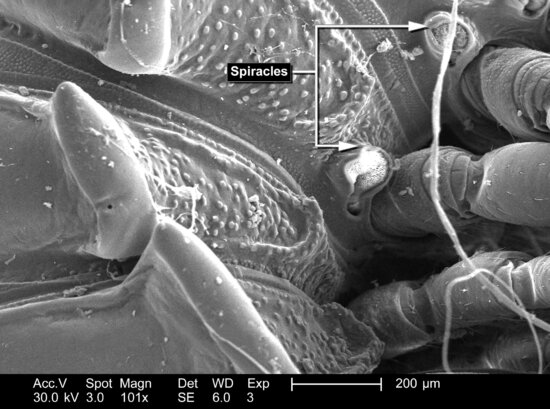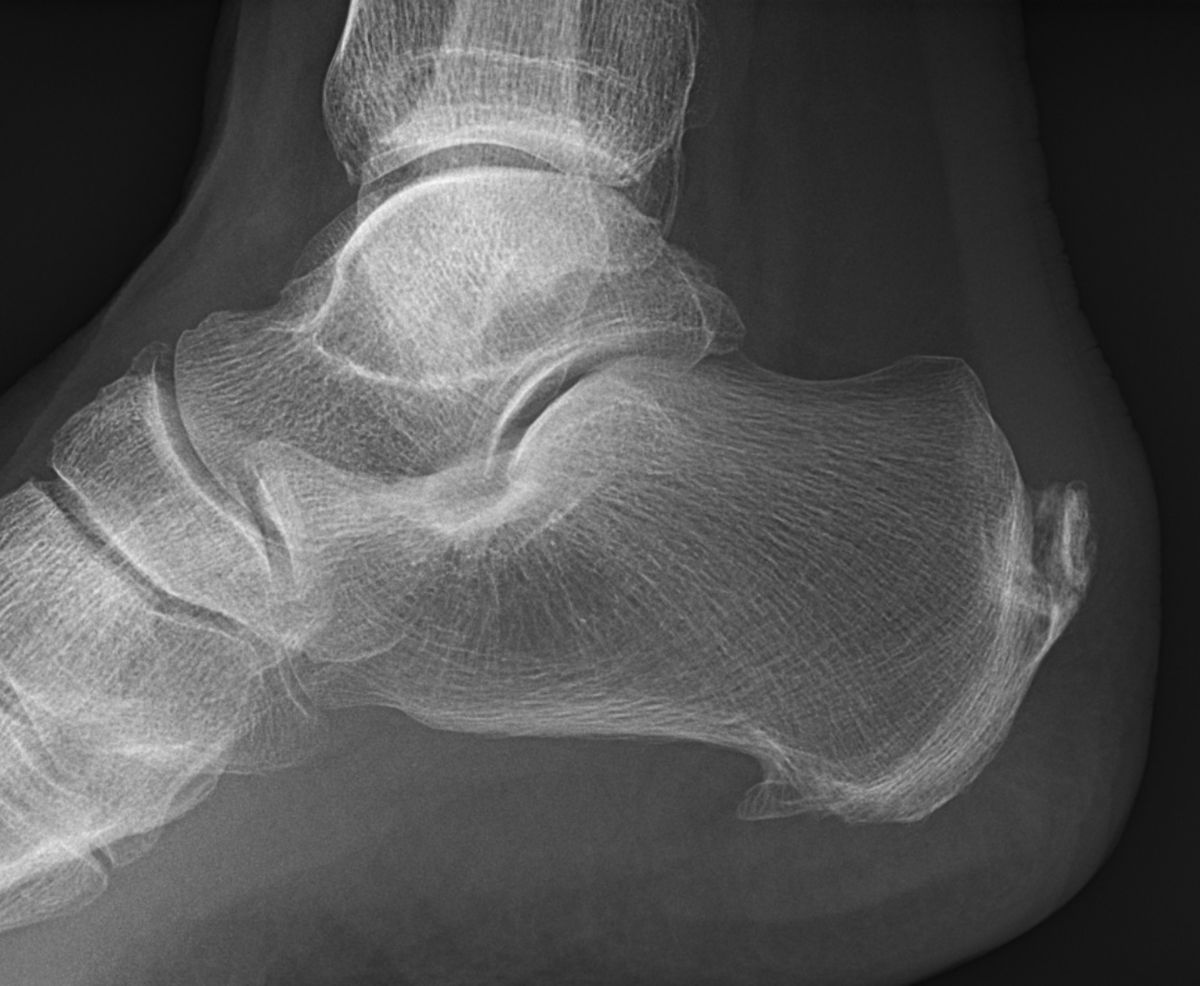Heel spurs, also known as calcaneal spurs, are a common foot condition that affects millions of people worldwide. These bony growths develop on the underside of the heel bone and can cause significant discomfort, especially when walking or standing for extended periods. Understanding the causes, symptoms, and available treatments for this condition is essential for managing it effectively. In this article, we will explore everything you need to know about heel spurs, from their underlying causes to the most effective treatment options.


What Are Heel Spurs?
Heel spurs are calcium deposits that form on the bottom of the heel bone over time. They often develop as a result of strain on the muscles and ligaments of the foot. While some individuals with heel spurs may not experience any pain, others may find the condition debilitating. The development of these bony protrusions is closely linked to other foot-related issues, such as plantar fasciitis, which involves inflammation of the thick band of tissue that connects the heel bone to the toes.
How Do Heel Spurs Form?
The formation of heel spurs typically occurs gradually. Over time, repeated stress or pressure on the foot can lead to the buildup of calcium deposits on the heel bone. This process may take months or even years before the spur becomes noticeable. Factors such as poor foot mechanics, improper footwear, and repetitive activities can contribute to the development of heel spurs.
Common Causes of Heel Spurs
Several factors can increase the likelihood of developing heel spurs. Understanding these causes can help individuals take preventive measures to reduce their risk.
Poor Foot Mechanics
- Flat Feet: Individuals with flat feet often have an abnormal walking pattern, which places excessive strain on the plantar fascia and the heel bone.
- High Arches: Similarly, those with high arches may experience uneven weight distribution, leading to increased pressure on specific areas of the foot.
- Abnormal Gait: An irregular walking pattern can place undue stress on the heel, contributing to the formation of spurs.
Improper Footwear
Wearing shoes that do not provide adequate support or cushioning can exacerbate the risk of developing heel spurs. Shoes with worn-out soles, inadequate arch support, or improper fit can lead to increased pressure on the heel and surrounding tissues.
Repetitive Activities
Engaging in activities that involve repetitive stress on the feet, such as running, jumping, or standing for long periods, can contribute to the development of heel spurs. Athletes and individuals with physically demanding jobs are particularly susceptible to this condition.
Age and Weight
As people age, the protective padding on the heels naturally thins, making them more vulnerable to damage. Additionally, being overweight or obese places extra pressure on the feet, increasing the likelihood of developing heel spurs.
Symptoms of Heel Spurs
While some individuals with heel spurs may not experience any symptoms, others may encounter significant discomfort. Recognizing the signs of heel spurs is crucial for seeking timely treatment.
Pain in the Heel
The most common symptom of heel spurs is pain in the affected area. This pain is often described as a sharp, stabbing sensation, particularly when taking the first steps in the morning or after prolonged periods of rest. As the day progresses, the pain may subside but can return after standing or walking for extended periods.
Inflammation and Swelling
Inflammation of the surrounding tissues is another common symptom. The affected area may appear swollen or feel warm to the touch. This inflammation is often associated with plantar fasciitis, which frequently coexists with heel spurs.
Tenderness
Individuals with heel spurs may notice tenderness when pressing on the bottom of the heel. This tenderness can make it uncomfortable to walk barefoot or wear certain types of shoes.
Diagnosing Heel Spurs
Diagnosing heel spurs typically involves a combination of physical examination and imaging tests. A healthcare professional will assess the patient’s symptoms, medical history, and lifestyle factors to determine the likelihood of heel spurs.
Physical Examination
During a physical examination, the doctor will check for areas of tenderness, swelling, or redness around the heel. They may also ask the patient to perform specific movements to evaluate the range of motion and identify any abnormalities in foot mechanics.
X-rays
X-rays are commonly used to confirm the presence of heel spurs. These images allow doctors to visualize the bony growths on the heel and assess their size and location. However, it is important to note that not all heel spurs are visible on X-rays, especially if they are small or located in less prominent areas.
Treatment Options for Heel Spurs
There are several treatment options available for managing heel spurs, ranging from conservative measures to surgical interventions. The choice of treatment depends on the severity of the condition and the patient’s individual needs.
Non-Surgical Treatments
Most cases of heel spurs can be managed effectively without surgery. Non-surgical treatments focus on reducing pain, improving mobility, and addressing the underlying causes of the condition.
Rest and Activity Modification
One of the simplest ways to alleviate pain caused by heel spurs is to rest the affected foot and avoid activities that exacerbate the condition. Modifying daily routines to include more rest breaks and reducing high-impact activities can help promote healing.
Stretching Exercises
Stretching exercises can improve flexibility and reduce tension in the plantar fascia and surrounding muscles. Common exercises include calf stretches, toe stretches, and rolling a tennis ball under the foot to massage the arch.
Orthotic Devices
Custom orthotic devices, such as shoe inserts or arch supports, can provide additional cushioning and support for the foot. These devices help distribute pressure evenly across the foot, reducing strain on the heel.
Ice Therapy
Applying ice packs to the affected area can help reduce inflammation and numb the pain. Ice therapy is particularly effective after engaging in physical activities or at the end of a long day.
Medications
Over-the-counter pain relievers, such as ibuprofen or acetaminophen, can help manage pain and inflammation. In some cases, doctors may prescribe stronger medications or corticosteroid injections for more severe symptoms.
Surgical Treatments
If non-surgical treatments fail to provide relief, surgery may be considered as a last resort. Surgical intervention aims to remove the bony growth and repair any damaged tissues.
Heel Spur Removal Surgery
This procedure involves removing the bony protrusion from the heel bone. While surgery can provide long-term relief, it is typically reserved for cases where conservative treatments have been ineffective.
Plantar Fascia Release
In cases where plantar fasciitis is present alongside heel spurs, a plantar fascia release surgery may be performed. This procedure involves cutting part of the plantar fascia ligament to relieve tension and reduce pain.
Preventing Heel Spurs
Taking proactive steps to prevent heel spurs can help individuals maintain healthy feet and avoid unnecessary discomfort. Some effective prevention strategies include:
- Wearing Proper Footwear: Choose shoes with good arch support, cushioning, and a proper fit to minimize stress on the feet.
- Maintaining a Healthy Weight: Losing excess weight can reduce pressure on the heels and lower the risk of developing spurs.
- Stretching Regularly: Incorporating foot and calf stretches into your daily routine can improve flexibility and prevent strain.
- Avoiding Prolonged Standing: Take regular breaks to rest your feet if your job requires standing for long periods.
Living with Heel Spurs
For individuals diagnosed with heel spurs, managing the condition effectively is key to maintaining a good quality of life. By adopting a combination of lifestyle changes, targeted exercises, and appropriate treatments, it is possible to minimize pain and prevent further complications.





